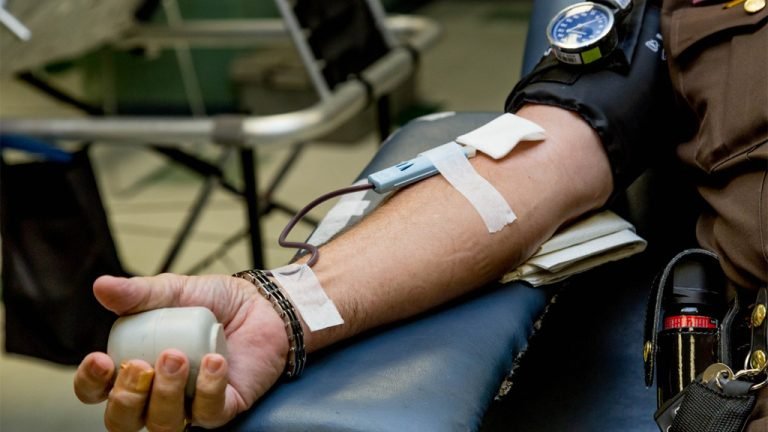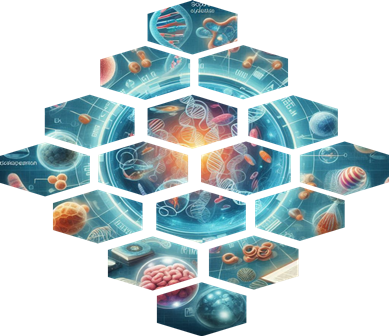Introduction:
In recent years, the healthcare industry has witnessed a transformative shift driven by advancements in computer applications and information technology (IT). From telemedicine to electronic health records (EHRs), these technologies are revolutionizing the way healthcare services are delivered, managed, and accessed. This article explores the convergence of computer applications and IT in healthcare and its profound impact on patient care, healthcare delivery, and the overall healthcare ecosystem.
Telemedicine: Breaking Barriers to Healthcare Access
Telemedicine, enabled by computer applications and IT infrastructure, has emerged as a critical tool for expanding access to healthcare services, particularly in remote or underserved areas. Through secure video conferencing, remote monitoring, and virtual consultations, patients can receive timely medical care without the need for in-person visits. This not only improves access to healthcare for individuals with limited mobility or geographic constraints but also enhances convenience and efficiency for patients and healthcare providers alike.
Electronic Health Records (EHRs): Enhancing Care Coordination and Efficiency
The transition from paper-based medical records to electronic health records (EHRs) has streamlined healthcare documentation and improved care coordination across various healthcare settings. EHR systems allow for the digital storage, retrieval, and sharing of patient information, including medical history, test results, medications, and treatment plans. This centralized repository of patient data enables healthcare providers to make more informed clinical decisions, reduce duplicate tests and procedures, and enhance communication among care teams, ultimately leading to better patient outcomes.
Health Information Exchange (HIE): Facilitating Seamless Data Sharing
Health Information Exchange (HIE) platforms play a vital role in facilitating the secure exchange of patient information among different healthcare organizations and systems. By establishing interoperable networks and data standards, HIE enables seamless data sharing while ensuring patient privacy and data security. This interoperability allows healthcare providers to access comprehensive patient records, regardless of the care setting, thereby improving care coordination, reducing medical errors, and enhancing patient safety.
Health Monitoring Devices: Empowering Patients with Real-Time Data Insights
The proliferation of wearable devices and health monitoring technologies has empowered individuals to take a more proactive role in managing their health. From fitness trackers to smartwatches and remote monitoring devices, these technologies collect real-time data on vital signs, physical activity, sleep patterns, and other health metrics. By integrating with computer applications and IT systems, healthcare providers can harness this data to monitor patient health remotely, detect early warning signs, and intervene proactively to prevent adverse health events.
Conclusion:
The convergence of computer applications and information technology is transforming healthcare delivery, improving patient outcomes, and reshaping the healthcare landscape. From telemedicine and electronic health records to health information exchange and remote monitoring devices, these technologies hold immense promise for enhancing access to care, promoting care coordination, and empowering patients to actively participate in their healthcare journey. As the healthcare industry continues to embrace innovation, the intersection of computer applications and IT will play an increasingly pivotal role in shaping the future of healthcare delivery and improving the health and well-being of individuals worldwide.






